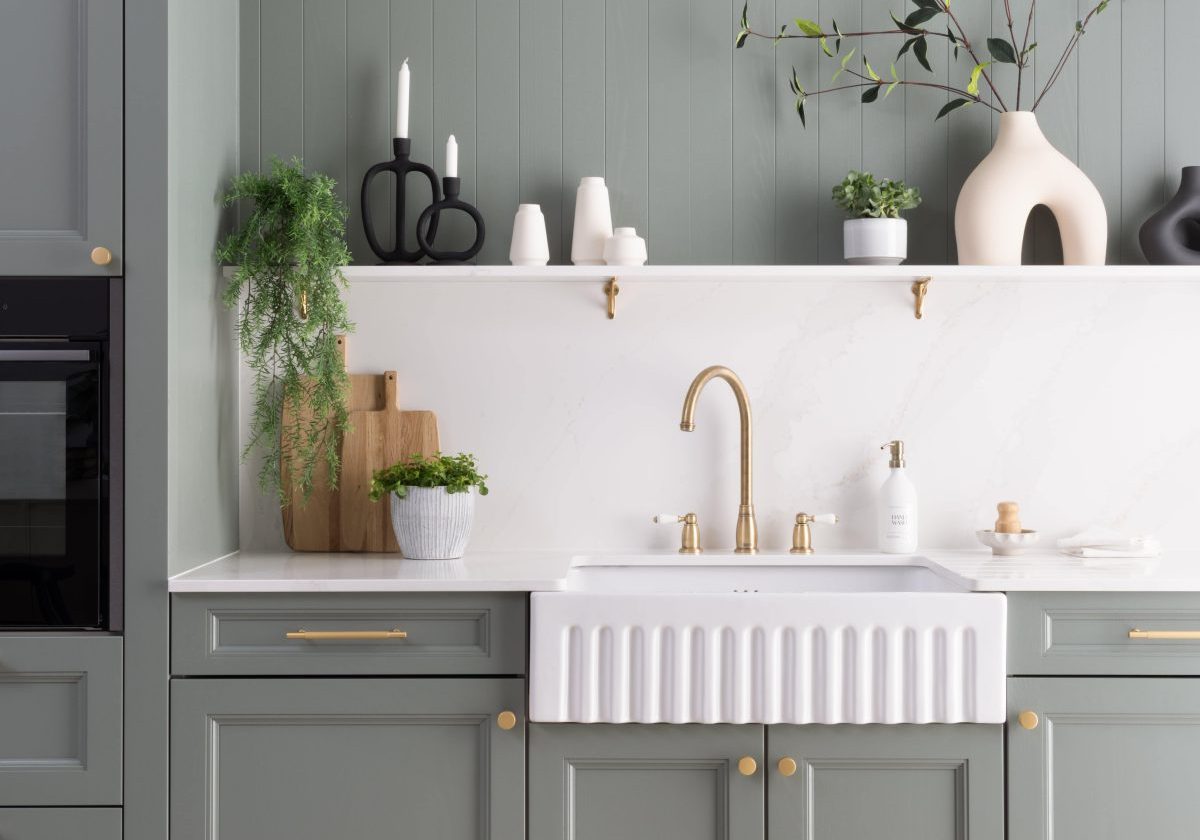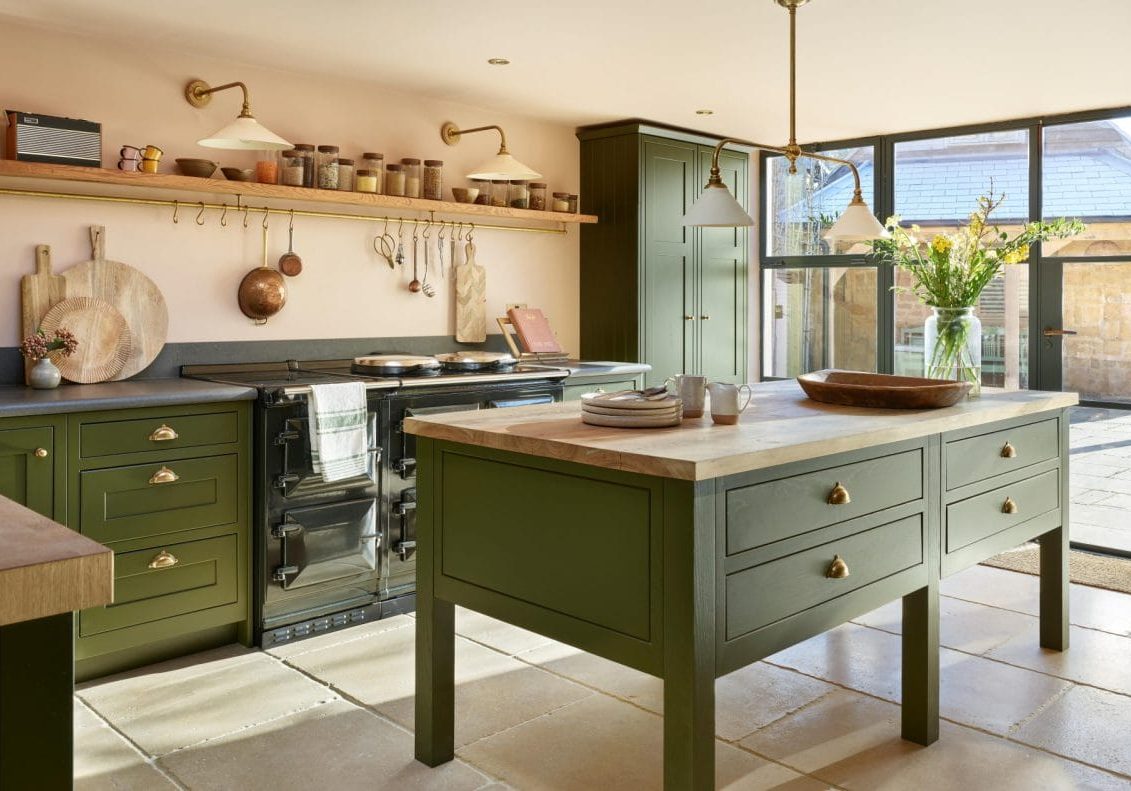In recent years, interior design enthusiasts have witnessed the rise of the Japandi style, particularly in kitchens. The Japandi kitchen embodies a harmonious blend of Japanese minimalism and Scandinavian functionality, creating an aesthetically pleasing and highly practical space. In this blog post, we will explore the defining features of a Japandi kitchen, its benefits, and tips for creating your own Japandi-inspired culinary haven.
The Essence of Japandi Style
Japandi style is a design philosophy that combines the best of two worlds: the simplicity and naturalness of Japanese decor and the warmth and comfort of Scandinavian design. A Japandi kitchen focuses on clean lines, neutral tones, and eco-friendly materials, creating a minimalist yet inviting atmosphere. The hallmark of this design is the emphasis on craftsmanship and functionality, elevating everyday tasks into a beautifully curated experience.

Minimalism Meets Functionality
At its core, a Japandi kitchen is about minimalist design that doesn’t compromise on functionality. This style embraces the mantra of “less is more,” ensuring that each element serves a purpose. Clutter is kept to a minimum, and decorative items are often chosen for their aesthetic value and utility. This means incorporating smart storage solutions, such as hidden cabinets and multifunctional furniture, to keep the surface areas neat and tidy.
Key Features of a Japandi Kitchen
If you’re considering transforming your kitchen into a Japandi style space, it’s essential to understand the key features that define this aesthetic:
1. Neutral Colour Palette
The colour scheme in a Japandi kitchen is typically neutral, with soft hues, wood tones and off-white dominating the space. These colours and textures create a calm and serene environment, ideal for cooking and gathering. Incorporating earthy tones, like olive green or muted browns, can add warmth and a connection to nature, which is a significant aspect of both Japanese and Scandinavian design principles.
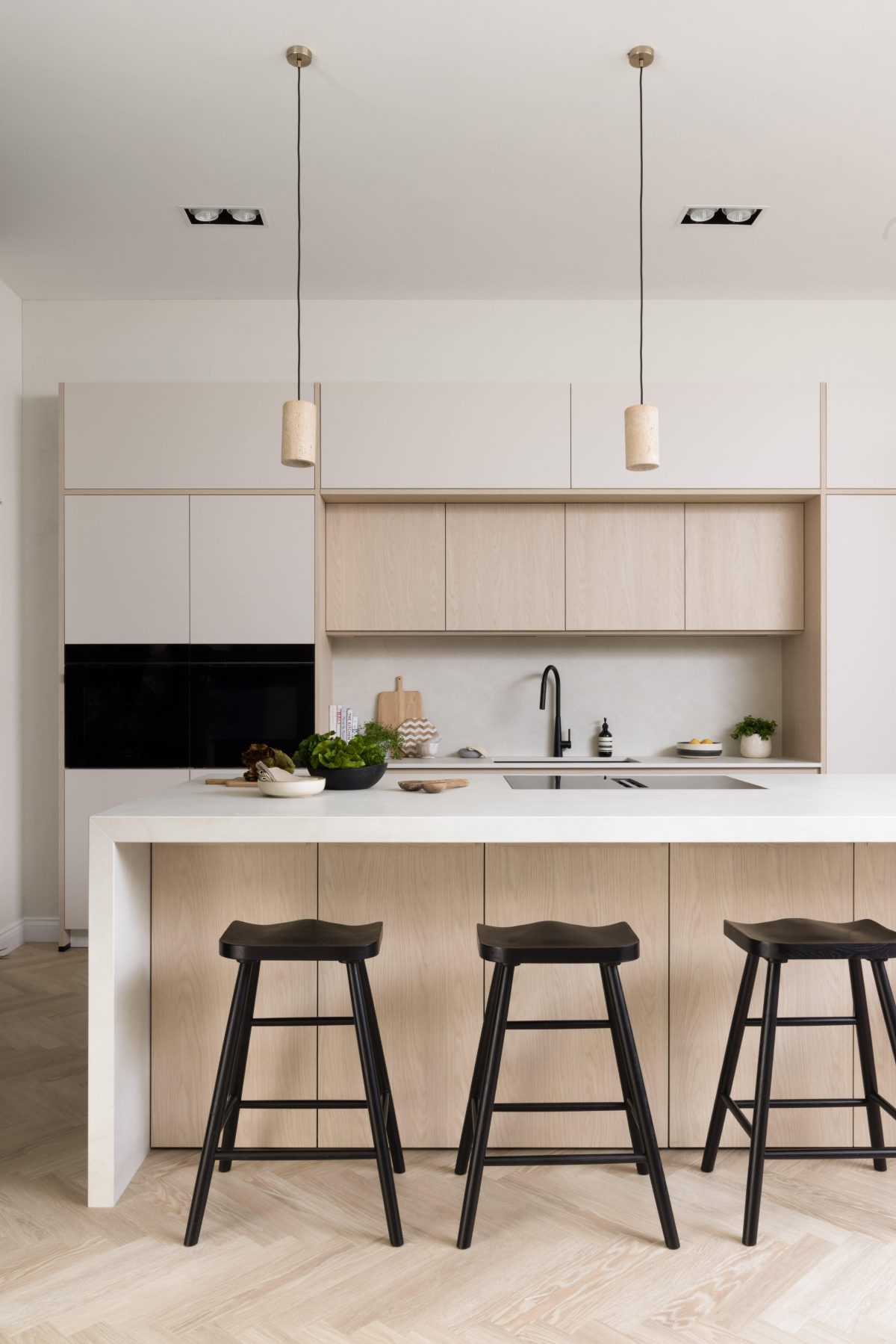
2. Natural Materials
Emphasising sustainability, a Japandi kitchen often features natural materials. Wood and stone are popular choices that bring warmth and texture into the space. Wood finishes, whether in cabinetry or flooring, can anchor the kitchen’s aesthetic while creating a cosy atmosphere. Incorporating stone worktops and backsplashes adds a touch of sophistication and durability, essential for any kitchen.

3. Clean Lines and Simple Shapes
In a Japandi kitchen, the design prioritises clean lines and simple shapes. Cabinets and furniture are often streamlined, eschewing intricate details for a more straightforward design that embraces functionality. This simplicity ensures that the space feels open and uncluttered, allowing for greater light and airflow, which is especially beneficial in cooking environments.
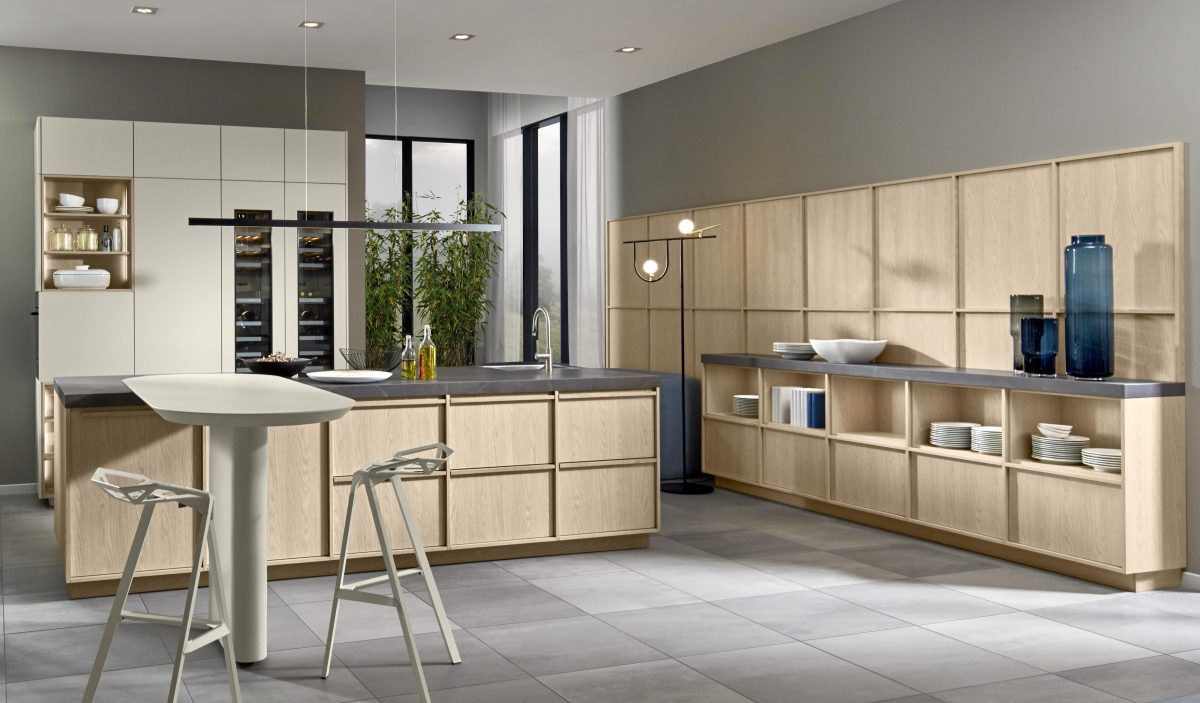
4. Focal Point Elements
A Japandi kitchen often features key focal points, such as a statement island or a carefully chosen piece of artwork. These elements should complement the overall design and draw the eye. For example, a beautifully designed island can serve as both a functional workspace and an eye-catching centerpiece that embodies the essence of Japandi style.
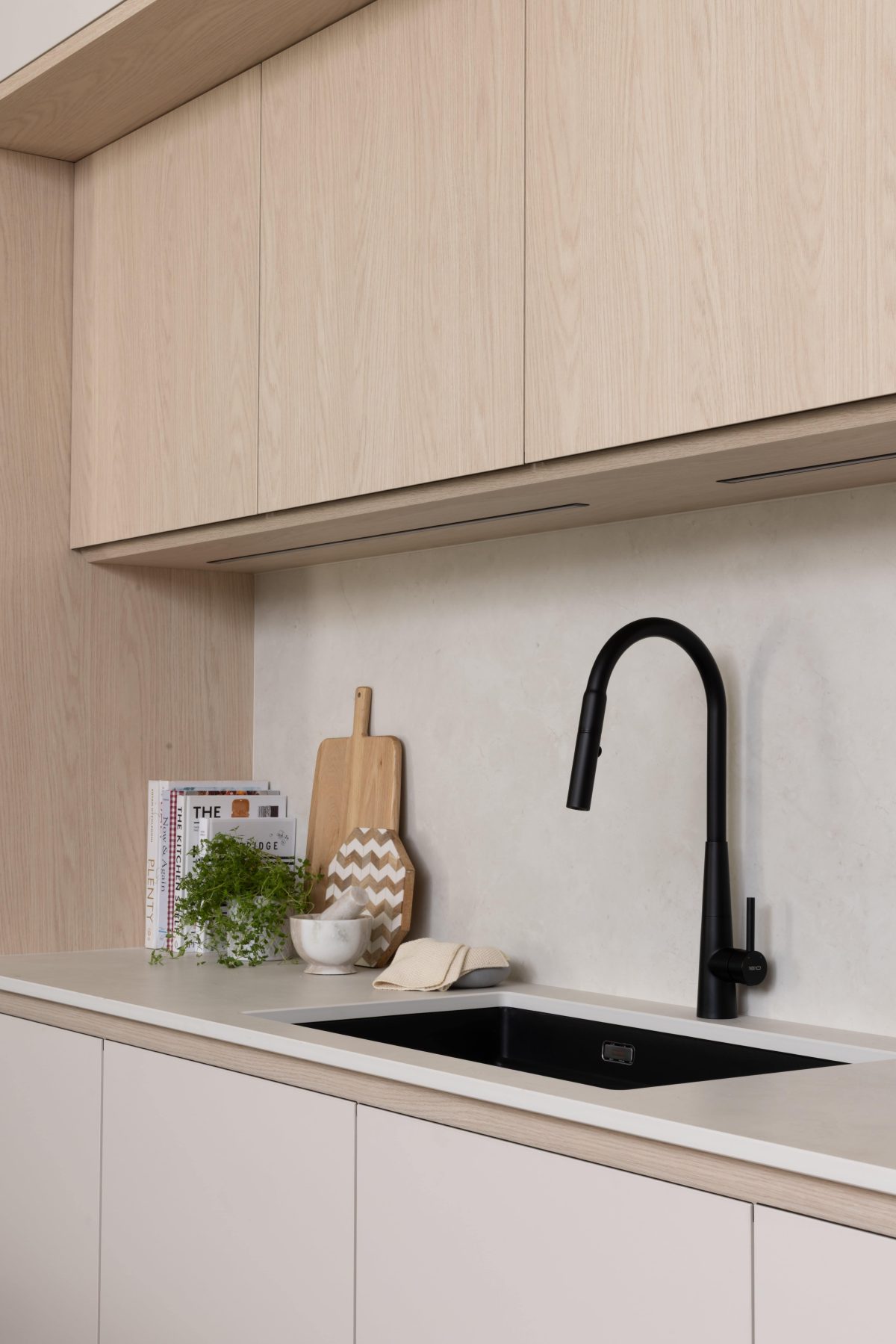
Benefits of a Japandi Kitchen
Creating a kitchen in the Japandi style provides several advantages:
1. Enhanced Well-Being
The calming atmosphere created by a Japandi kitchen promotes a sense of well-being. The use of natural materials, neutral colours, and simplicity encourages mindfulness and relaxation, making cooking and dining a more enjoyable experience.

2. Increased Functionality
With a focus on practicality, a Japandi kitchen is designed to make cooking and entertaining easier. Streamlined layouts and clever storage solutions mean everything has its place, reducing stress and enhancing efficiency while you work in the kitchen.
3. Timeless Design
Japandi style is inherently timeless. By incorporating elements from both Japanese and Scandinavian designs, your kitchen will remain stylish and relevant for years to come. The clean lines and minimal decor ensure that you won’t need to redecorate frequently, saving both time and money.
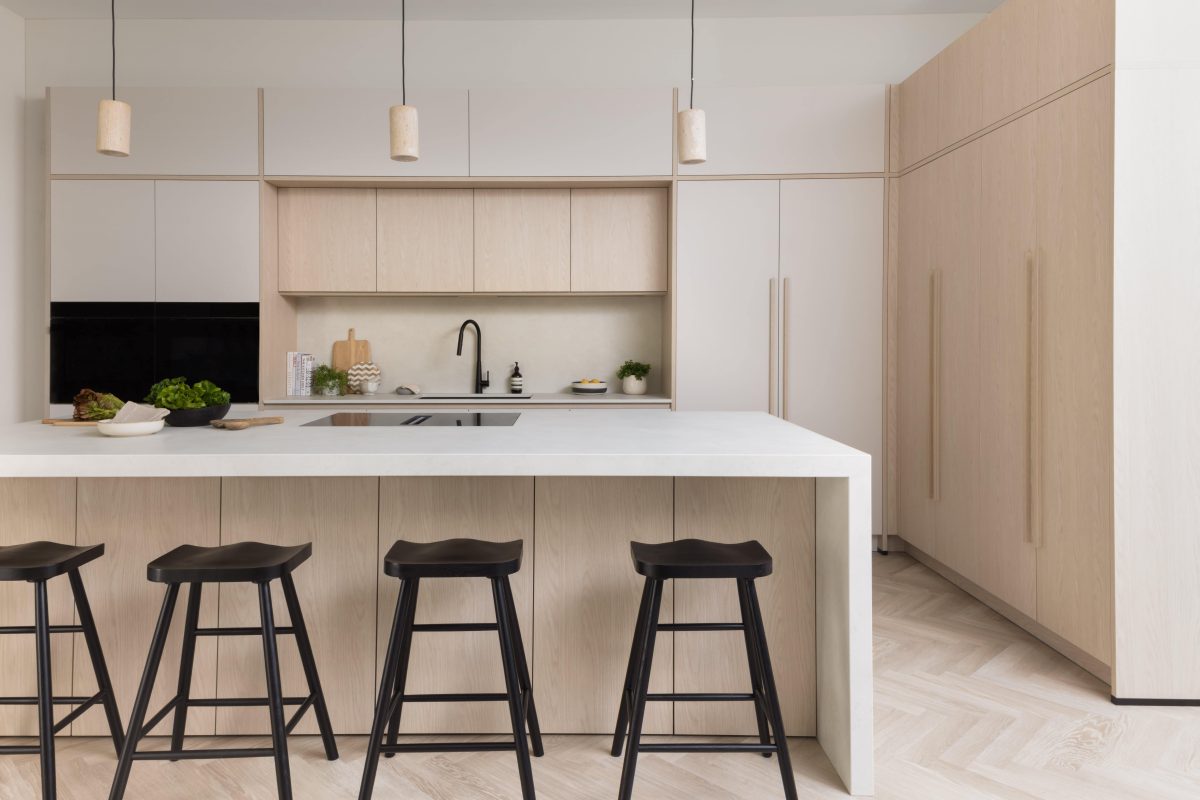
Final Thoughts
The Japandi kitchen is a beautiful mix of minimalism and functionality, combining the best aspects of Japanese and Scandinavian design. By focusing on neutral colours, natural materials, and a clutter-free aesthetic, you can create a kitchen that not only serves a practical purpose but also enhances your well-being. Embracing this design style could transform your culinary space into a serene environment, promoting mindfulness and comfort in everyday cooking activities. If you’re considering a kitchen redesign, exploring the Japandi style may just be the perfect choice for a contemporary yet timeless look.



